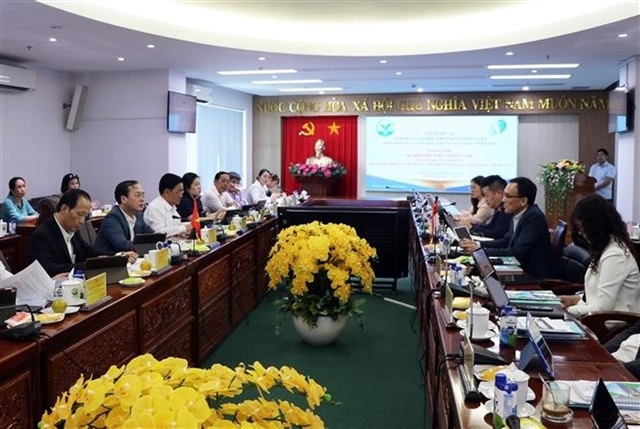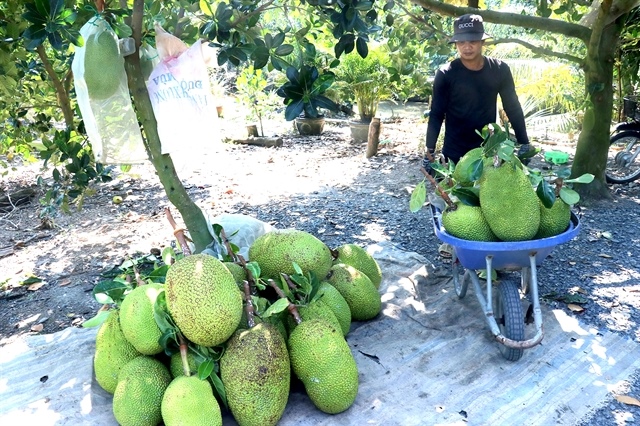HSBC Vietnam Manufacturing PMI rises to three-month high
HSBC Vietnam Manufacturing PMI rises to three-month high
Manufacturing PMI rises to three-month high, but still signals a deterioration in business condition.
Key points
- Output and new business down at slower rates
- Marginal rate of job shedding signalled
- Average input costs rise, ending two-month period of decline
Historical Overview

Summary
The HSBC Vietnam Manufacturing PMI™ posted 47.9 in August, up from 43.6 in July, signalling a further worsening of Vietnamese manufacturing sector operating conditions. However, the latest index reading was consistent with only a modest rate of deterioration that was the weakest since May.
Manufacturing output decreased further in August, albeit at the weakest rate in four months. Where a decline in factory output was signalled, companies commonly attributed this to lower levels of new business. Similar to the trend for manufacturing production, the rate of reduction in new work eased since the month before. The latest decrease was the fourth in as many months, and only modest. New export orders also decreased during the month, albeit at a slower rate than for overall new work. Companies generally attributed the decline in total new business to weak demand from both domestic and external markets.
With new business falling further, backlogs of work decreased and firms shed workers overall. The latest decrease in staff numbers was the third in successive months. However, the rate of job shedding was only marginal.
Purchasing activity decreased again in August, although the rate of decline eased markedly from one month earlier. Reduced input buying contributed to a continued drop in stocks of purchases in August. Meanwhile, companies reported that supplier capacity was little tested over the month, with vendor lead times shortening further. This in part reflected sufficient availability of inputs at suppliers due to softer demand.
Average input costs faced by Vietnamese goods producers rose in August, ending a two-month period of decline. Respondents to the latest survey commented on higher prices paid for a range of raw materials. However, the rate of input price inflation was relatively modest. Despite the rise in costs, companies continued to lower their average tariffs. The latest decrease in factory gate charges was the fourth in as many months, but much slower than those seen in June and July. Companies that reduced their selling prices did so in part due to competitive pressures.
Comment
Commenting on the Vietnam Manufacturing PMI™ survey, Trinh Nguyen, Asia Economist at HSBC said:
“While business conditions in Vietnam remain challenging, the slowdown of the rate of manufacturing deterioration suggests that economic activities will likely gradually recover in 4Q. External demand continues to be weak, dragging down export orders. With low demand domestically, especially as many Vietnamese try to unload their debt, GDP growth rate will slow to 5.1% this year (versus 5.9% last year). With month-on-month inflation rising again due to higher commodity prices, as evidenced by higher input prices, the SBV will likely hold off on reducing the OMO rates further and resort to administrative measures to boost spending.”
HSBC























